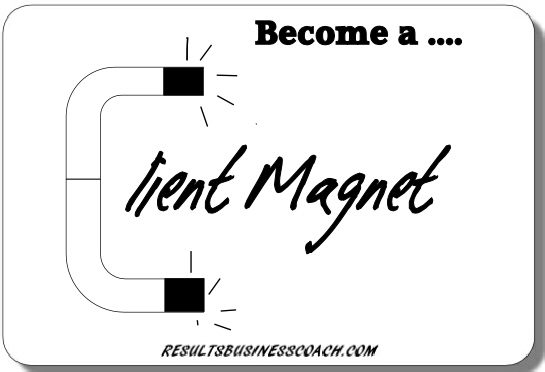You are in the process of explaining the best options available for your client’s problem. However, he seems to know what is good for him. Anything you suggest seems to illicit a smarter response from him. Deep inside you know that the path your customer insists on taking will not lead to better results. You grudgingly take on the project.
And that is not all.
Your client retains you for Service X that actually ends up being service X+Y+Z. You feel uneasy about asking for more money (for the additional work you have done) because you do not want to upset your client and lose him. You justify that this will retain the client and bring in future business.
Guess what?
That is exactly what happens. Ground hog day. Your client comes back for more. You agree to do X, but end up doing X+Y+Z. Your emotions go through the same cycle as before and you end up carrying an unprofitable client.
Even experienced businesses walk in to this trap.
Why does this happen?
We were never trained to handle the psychology of managing a difficult client. Our professional training was technical. Most of us get in to business with limited business training. We assume that our professional training will be enough to handle these situations. In addition, we may even think that this is the norm. We take a fear-based approach. Fear of losing revenue and clients. In reality, we allow this to happen!
How does it affect the business?
Dealing with clients who take more of your time than you are paid for will eventually turn your business cash poor and you time poor. The business will end up serving few clients who take up so much time and resources that it will not have the capacity to bring in new clients.
How does it affect the business owner?
This is one of the most mentally draining situations. Once the excitement of landing a client wears off and you realize that you are expected to do more than what you are being paid for repeatedly, you lose heart. It frustrates the hell out of you. It can even get to a point where you start disliking your business.
Let’s change all that
Here is a different set up. You meet a prospective client. There is instant rapport. She seems to know a lot about what you do and more importantly, how you work. You ask many questions. As a result, you both gain a lot of clarity. Although she came to you with the idea of working with you to do X, you both agree that the best option for her is to go with X and Y to start with and do Z depending on how things progress. She values your opinion and contribution. She gives the go-ahead and you start work on X & Y. She is delighted with the results and pays you on time.
Want to have more clients like her?
I will be surprised if you don’t. Below are seven tips my clients and I use to attract clients we love to help.
- First of all, make the decision to attract your ideal client. This is very important. Make this a strategic part of your business. At this point don’t worry about what your ideal client looks like or how you are going to attract them. Simply commit to attract and work with your ideal client. In one of my previous blogs I have written about How to attract clients who pay you what you are worth, pay you on time and refer you to more prospects!
- Develop a mindset of abundance. The universe has plenty of everything. Lack comes from our limited perspective of life. With an abundant mindset, you will know that your pool of your ideal clients is limitless. There is no need to rush or be desperate and chase after your ideal client. During discussions if you find that the prospect is not your ideal prospect simply says no or refer them to someone else. I cringe at business networking organizations (and some are worldwide) that limit members to each profession.
- Be prepared to let go of clients. If you do not enjoy working with them simply let go. Do not hang on to them for their money. In the process of letting go, you are not only making room for new clients and you also declaring to the universe that you are ready for your ideal clients.
- Remember you are in control. It is your business and you dictate whom you work with and whom you don’t. That confidence will be very evident in your negotiations and will act as a magnet to attract people you want to work with.
- When you choose to work with clients you like, get clear on the outcome they are looking for. Not just simply what they want to achieve. Dig deeper and find out why they want to achieve that results and what impact it will have on their business/life. The more clarity you have you both will work as a team to achieve a common goal.
- Challenge your clients ‘knowledge’ and ‘assumptions’ by strategic questioning. You may suggest path A, while you client wants to take path B. Strategic questioning revolves around how your client sees his/her problem as opposed to how you see it.
- Set guidelines for engagement. Be very clear on what your clients can expect from you and more importantly, what you expect from your clients on any given project. Let me give you an example. I have worked with many design companies. Designers often complain that their clients don’t get back to them on time and when they get back, they change their mind on various aspects of what was initially agreed. This is a sign that their client did not understand the guidelines or simply choose to ignore it. In both cases, the design companies should take full responsibility for not being thorough with the ‘rules of engagement’ or has simply chosen to work with the wrong client.
Please feel free to share your experience of working with your clients and customers.
+ Ravi Peal-Shankar




{ 0 comments… add one now }